Evolution of the Modern Cruising Catamaran
The article charts the transformative evolution of the catamaran from ancient vessels to today's advanced, comfortable, and efficient models that blend sailing performance with the comforts of home. It highlights the role of David Walters Yachts in expertly guiding buyers through the nuances of modern catamarans to find the perfect yacht for their seafaring aspirations.
Introduction
The emergence of catamaran and multihulls as a growing segment of the yacht market embodies a convergence of history, innovation, adventure, and practicality. Its journey from the rudimentary ocean-going canoes of ancient Polynesia to the sleek, sophisticated yachts that grace today's oceans is a testament to our ingenuity and passion for the sea. This evolution has not only transformed the physical design of catamarans but also revolutionized their place within the sailing world, making them the most popular choice among modern sailors who seek a balance of performance, comfort, and style.
The appeal of the modern cruising catamaran is multifaceted, rooted in significant technological innovations that have expanded their capabilities and refined their aesthetics. These advancements encompass everything from cutting-edge materials and construction techniques to hydrofoil and hull design breakthroughs to a significant leap forward in systems technology. Together, they have propelled the catamaran from niche curiosity to a mainstream choice for sailors, offering unprecedented speed, safety, and self-sufficiency.
Beyond the allure of technological prowess lies the lifestyle that catamarans facilitate – a critical factor in their burgeoning popularity. The spacious and stable platform of a catamaran opens up new horizons of onboard living, merging the comfort of a floating home with the thrill of ocean exploration. This lifestyle, coupled with the vibrant community and culture that has blossomed around the island sailing community, offers an irresistible draw for those seeking a life of adventure, camaraderie, and freedom on the seas.
Yes, the rise of the catamaran has also been a tale of shifting perceptions. Initially met with skepticism, multihulls were once viewed as unconventional choices, criticized for their unusual appearance, and questioned for their seaworthiness. Over time, however, the narrative dramatically changed. Sailors began recognizing catamarans' unique advantages over traditional monohulls, from enhanced stability and safety to impressive speed and shallow draft capabilities. This shift in perception, fueled by tangible experiences and success stories, has firmly established catamarans as a preferred choice for many sailors. Today, the designs have diverged into various offerings, from leisurely coastal cruisers to blue water voyagers and high-performance racing yachts.
This article will explore the modern cruising catamaran and deep dive into what makes these vessels so appealing. From the technological innovations that push the boundaries of what's possible to the lifestyle and community catamarans foster, we'll uncover the reasons behind the growing shift toward multihulls in the sailing community.
Navigating this Article:
Part I: Construction and Design
Part II: Technology and Systems Aboard Modern Catamarans
Part III: Space and Comfort
Conclusion: Let Our Experts Guide You
Construction and Design
The contemporary cruising catamaran is a marvel of maritime engineering and design, a testament to how far technology has propelled these yachts from their humble beginnings. At the forefront of this evolution are several key innovations that have redefined catamaran construction, performance, and functionality. These advancements have enhanced the quality of catamarans and broadened their accessibility to a broader range of sailors, which has been key to the segment's growth and popularity.
Composite Materials and Modern Catamaran Construction
The adoption of composite materials, such as carbon fiber and fiberglass, has significantly driven the revolution in catamaran construction. This revolution includes the material itself and the lamination processes used in the yacht's construction. Together, these advancements have enabled catamarans to be constructed with superior strength, reliability, lightness, and quality.
Vacuum resin infusion is now one of the most used construction methods. This new process ensures consistency between hulls, precise control of the fiber-to-resin ratio, and overall efficiency, a primary factor affecting costs. This process is significantly more controlled than the older hand-laid methodology employed in the past, though still used by some builders.
Carbon fiber, known for its high stiffness and tensile strength, has enabled the construction of catamaran hulls and masts that are both durable and remarkably lightweight. And while there are options for fully carbon yachts, the costs are significant. More popular among most cruising boats today is a blend of fiberglass and carbon fibers in a hybrid style laminate that uses carbon fiber where strength and stiffness are most needed and fiberglass for form and general application. As is often the case, today's modern yachts combine various blends of fibers to optimize their hulls for strength, weight, and affordability.
The result is a leap in material science that has allowed catamarans to achieve greater speeds, enhanced agility, and improved efficiency, making them more appealing to racers and cruisers alike.
Hull Design Elements
The hull design of a catamaran is a study in hydrodynamic efficiency, impacting everything from the boat's speed to its behavior in various sea states.
- Displacement Hulls: Most cruising catamarans use displacement hulls designed to move through the water with minimal resistance. These hulls offer a comfortable ride with ample interior space, making them ideal for long voyages and onboard living.
- Semi-Displacement or Planing Hulls: Some modern designs incorporate semi-displacement or planing hulls that can ride at higher speeds on top of the water. While offering the potential for greater velocity, these hulls require careful attention to weight distribution and often come at the expense of some interior volume.
- Hull Shape and Volume: The contours of a catamaran's hulls—whether rounded, V-shaped, or featuring hard chines—also play a critical role in performance. Rounded hulls offer reduced drag, while those with hard chines can provide additional stability and interior space. The volume of the hulls must be expertly calculated to support the weight of the catamaran and its payload without sacrificing speed or safety.
Keel Types
The keels of a catamaran serve as the vessel's underwater stabilizers, essential for balance and directional control. In contrast to a monohull's deep, singular keel, catamarans typically employ two smaller keels—one on each hull—or retractable daggerboards, each playing a significant role in the vessel's performance and handling characteristics.
- Fixed Keels: Traditional catamaran designs incorporate fixed keels, which provide a stable, balanced ride without the constant trimming required by daggerboards. These keels are favored for their simplicity, low maintenance, and the ability to withstand grounding better, an essential consideration for cruisers navigating shallow waters.
- Daggerboards: High-performance catamarans and those designed for bluewater cruising often feature daggerboards. These vertically retractable keels allow for a significant reduction in drag and an increase in upwind performance. Daggerboards can be raised or lowered as needed, allowing the skipper to adjust the boat's hydrodynamics for improved speed and agility.
- Hydrofoils and Foiling: Originally pioneered in the high-speed world of racing catamarans, hydrofoil technology has begun to make its way into cruising models, offering an exhilarating sailing experience previously unimaginable. Hydrofoils, essentially underwater wings, lift the hull above the water's surface at higher speeds, drastically reducing drag and allowing for unprecedented velocity and efficiency. This technology has transformed the sailing dynamics of catamarans, enabling them to glide over the water with minimal resistance. The adoption of foiling in cruising catamarans signifies a bold step forward, marrying the thrill of racing technology with the comfort and practicality of cruising designs.
Bridge deck Design
The bridge deck, spanning the space between the two hulls, is another vital aspect of catamaran design. Its clearance from the water's surface influences the vessel's comfort and performance.
- Bridge deck Clearance: Adequate clearance is crucial to minimize wave impact and the resulting "slamming" when underway. Higher clearance typically reduces slamming and provides a smoother ride, whereas lower clearance can lead to a harsher experience in choppy conditions.
- Aerodynamics: The design of the bridge deck also affects the catamaran's aerodynamics. The shape and positioning of the cabin and other structures on the bridged deck can influence wind resistance and, consequently, the boat's overall performance.
Technology and Systems Aboard Cruising Catamarans
One of the most notable trends in catamaran design is the shift toward integrating advanced power systems that reduce or even eliminate the need for traditional AC generators. Lithium-ion batteries form the core of these modern electrical systems with their high energy density and rapid charging capabilities. They are complemented by advanced charging solutions, such as high-output alternators and solar panels equipped with maximum power point tracking voltage regulation systems, which extract maximum energy efficiency.
The strategic combination of these elements ensures that catamarans can sustain onboard energy needs for extended periods. This allows for amenities such as refrigeration, climate control, and electronic navigation systems to be powered sustainably. The ability to harness natural energy sources reduces the reliance on diesel fuels, contributing to greater independence from shore and a greener footprint while cruising.
Practical Platform for Solar Panels and Lithium Battery Systems
Sailing catamarans offer distinct advantages over their monohull counterparts when harnessing solar energy and utilizing high-capacity battery systems. Their design and architecture make them ideally suited for integrating these systems, providing practical benefits that enhance the cruising lifestyle.
Expansive Deck Space for Solar Panels
One of the most prominent features of catamarans is their ample deck space. The wide beam contributes to stability and interior volume and provides an extensive surface area for installing solar panels. Unlike monohulls, where space is premium, and curved surfaces can limit solar panel placement, catamarans offer flat, unobstructed surfaces perfect for mounting multiple panels. This creates a substantial solar array capable of generating significant amounts of electricity to charge battery banks and power onboard systems.
The dual-hull configuration of catamarans inherently provides a more stable platform, reducing the heel angle when under sail. This stability is crucial for the optimal orientation of solar panels. While monohulls might heel, thus reducing the efficiency of solar panels, catamarans ensure that panels remain as perpendicular to the sun's rays as possible, maximizing energy capture.
Larger Battery Banks and Energy Storage
Catamarans are designed with larger hull volumes to accommodate high-capacity lithium-ion battery banks. These batteries are central to modern off-grid energy systems and offer greater energy density and faster charging times than traditional lead-acid batteries. The increased storage capacity in catamarans allows for extended energy autonomy, making it practical for cruisers to rely on electric power for day-to-day needs, including propulsion, without the frequent need to recharge from shore power or generators.
Reduced Generator Dependence
With advanced solar arrays and battery systems, catamaran owners can enjoy reduced dependence on noisy, fossil fuel-dependent generators. This enhances the serenity of the sailing experience and contributes to environmental conservation efforts—a value increasingly crucial to the modern sailor.
Living Comfortably Off the Grid
The combination of these technological advancements means that modern catamarans are exceptionally well-suited for living off the grid. The spacious design typical of catamarans provides ample living quarters, storage for provisions, and water-making capabilities to support long-term cruising without needing constant resupply. The stability and generous beam of catamarans offer a comfortable platform that reduces fatigue and enhances the overall quality of life at sea.
Space and Comfort: Redefining Life at Sea
The allure of catamarans extends far beyond their technical prowess, touching the very essence of what sailors seek on the water: unparalleled space and comfort, unmatched versatility, and a vibrant community culture. These aspects have catalyzed a growing shift towards catamarans, particularly for island cruising, where their unique attributes shine brightest.
Space and Privacy Advantage of a Catamaran
One of the most compelling draws of modern catamarans is their expansive living space, a stark contrast to the more confined quarters typical of monohulls. This increase in space is not just about square footage; it's about the quality of life at sea. Catamarans feature wide beams that create spacious saloons, expansive cockpits, and luxurious cabins, all bathed in natural light and offering panoramic views of the surrounding seascape. This architecture promotes an open, airy feel that transforms the catamaran into a floating sanctuary, ideal for long-term cruising and living aboard.
The stability of catamarans adds another layer of comfort. The dual-hull design minimizes rolling motion, ensuring a smoother, more stable ride that is particularly appreciated in choppy seas or at anchor. This stability enhances onboard comfort and makes catamarans safer and more accessible for families, reducing the risk of seasickness and making the sailing experience more enjoyable for sailors of all ages.
Privacy is another significant benefit. Catamarans' layout, with separate living spaces spread across two hulls and the bridged deck, allows for greater separation and privacy among crew members and guests. This is especially valued during extended cruises, where the ability to retreat to one's own space can be a luxury in itself.
Versatility of the Catamaran
Catamarans are celebrated for their versatility, capable of adapting to a wide range of sailing environments. Their shallow draft opens up a world of possibilities for island cruising, allowing sailors to navigate closer to shorelines, explore hidden coves, and anchor in secluded bays that are often inaccessible to deeper-draft vessels. This capability enhances the sailing experience and minimizes environmental impact, preserving the pristine conditions of these natural havens.
Moreover, catamarans excel in both coastal cruising and open-ocean voyages. Their stability and speed make them ideal for bluewater adventurers seeking to cross vast stretches of the ocean. At the same time, their maneuverability and ease of handling are perfect for navigating the more sheltered and variable conditions of coastal waters. This duality ensures that sailors can do so with confidence and comfort, whether embarking on a leisurely exploration of island chains or undertaking a challenging transoceanic journey.
Community and Sailing Culture
The catamaran lifestyle is further enriched by a vibrant community and culture that embraces the spirit of multihull sailing. Across the globe, catamaran owners and enthusiasts gather at events, regattas, and rallies to celebrate their passion for these vessels. These gatherings are not just competitions but opportunities for learning, sharing experiences, and forging friendships within a supportive and like-minded community.
Island cruising, in particular, embodies the essence of the catamaran lifestyle, offering an unmatched blend of adventure, relaxation, and exploration. The ability to sail from one island to the next, each with its unique charm and character, epitomizes the freedom and joy of sailing. In these idyllic settings, the catamaran community thrives, brought together by a love for the sea and the unique experiences that island cruising affords.
Let Our Experts Guide You
The evolution of the catamaran from its Polynesian roots to the sophisticated yachts of today is a testament to the spirit of innovation and adventure that defines the sailing community. Modern catamarans are paragons of technological progress, lifestyle enhancement, and nautical ingenuity.
These modern designs have transcended their ancestorial origins, leveraging advancements in materials and design to offer unparalleled experiences on the water. They have morphed from mere means of efficient transportation into symbols of a life well-lived.
For those seeking such a life, we invite you to contact our catamaran and multihull experts at David Walters Yachts to act as your compass for finding the ideal yacht. Our experts, particularly at our Caribbean office, are well-versed in catamaran design, performance, and lifestyle nuances. We offer tailored, boutique-style services to help you navigate the diverse options and find the yacht that resonates with your dreams and requirements.
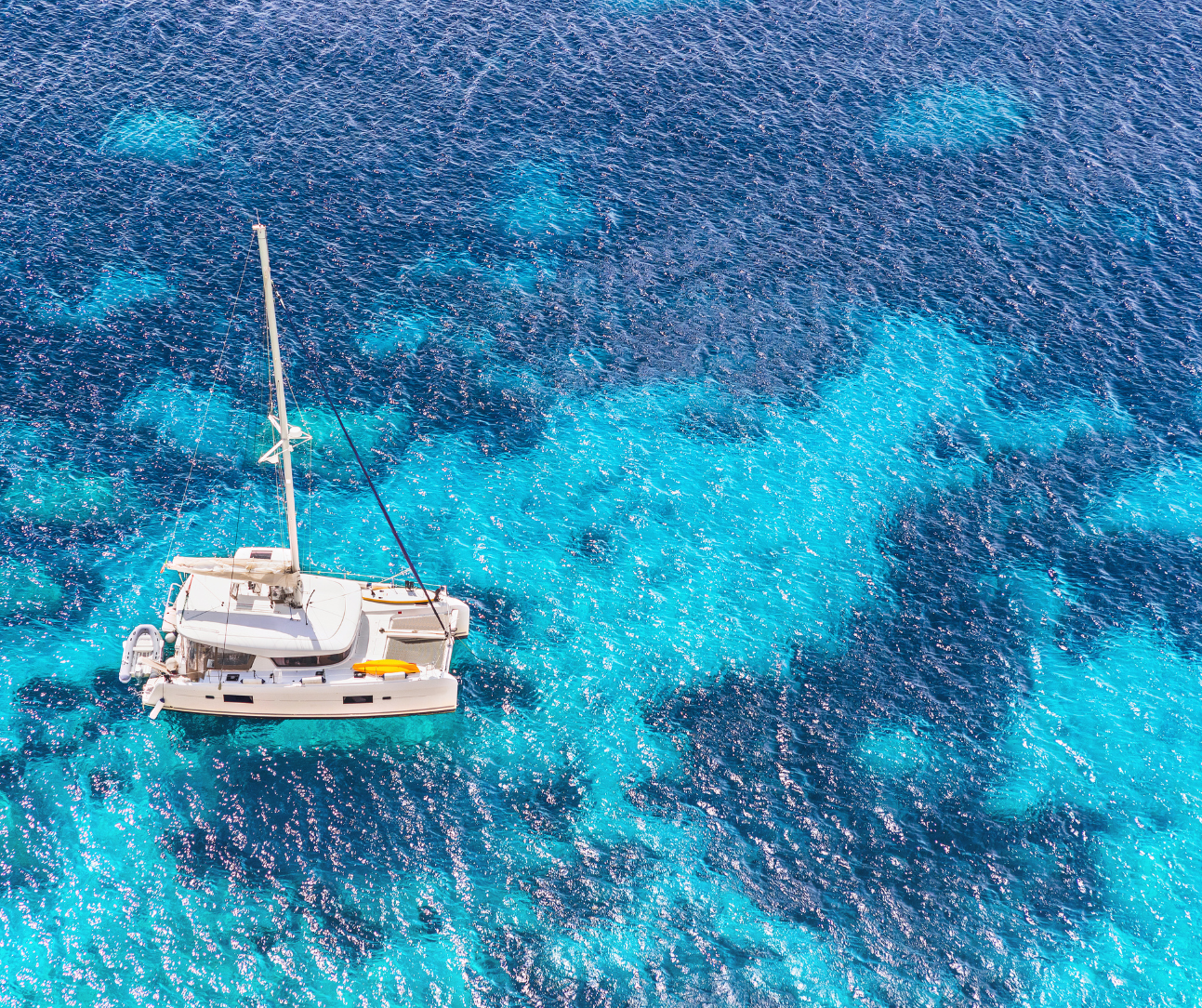
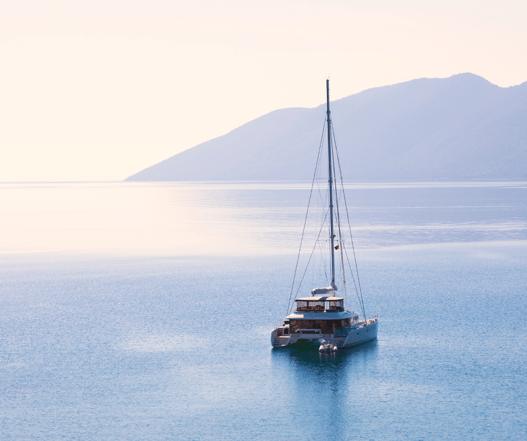
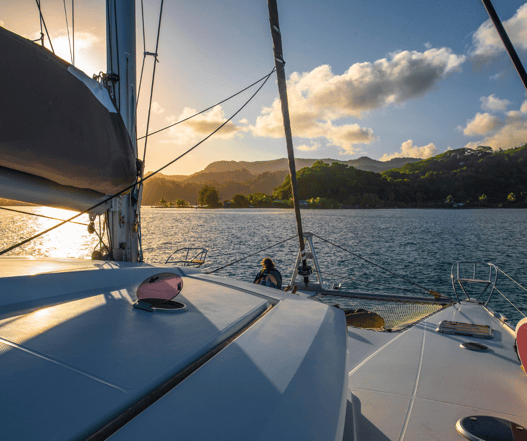
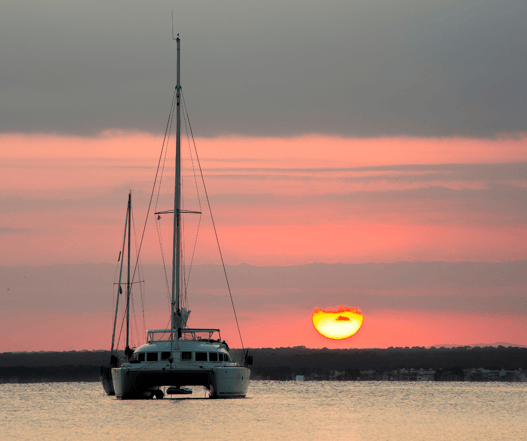
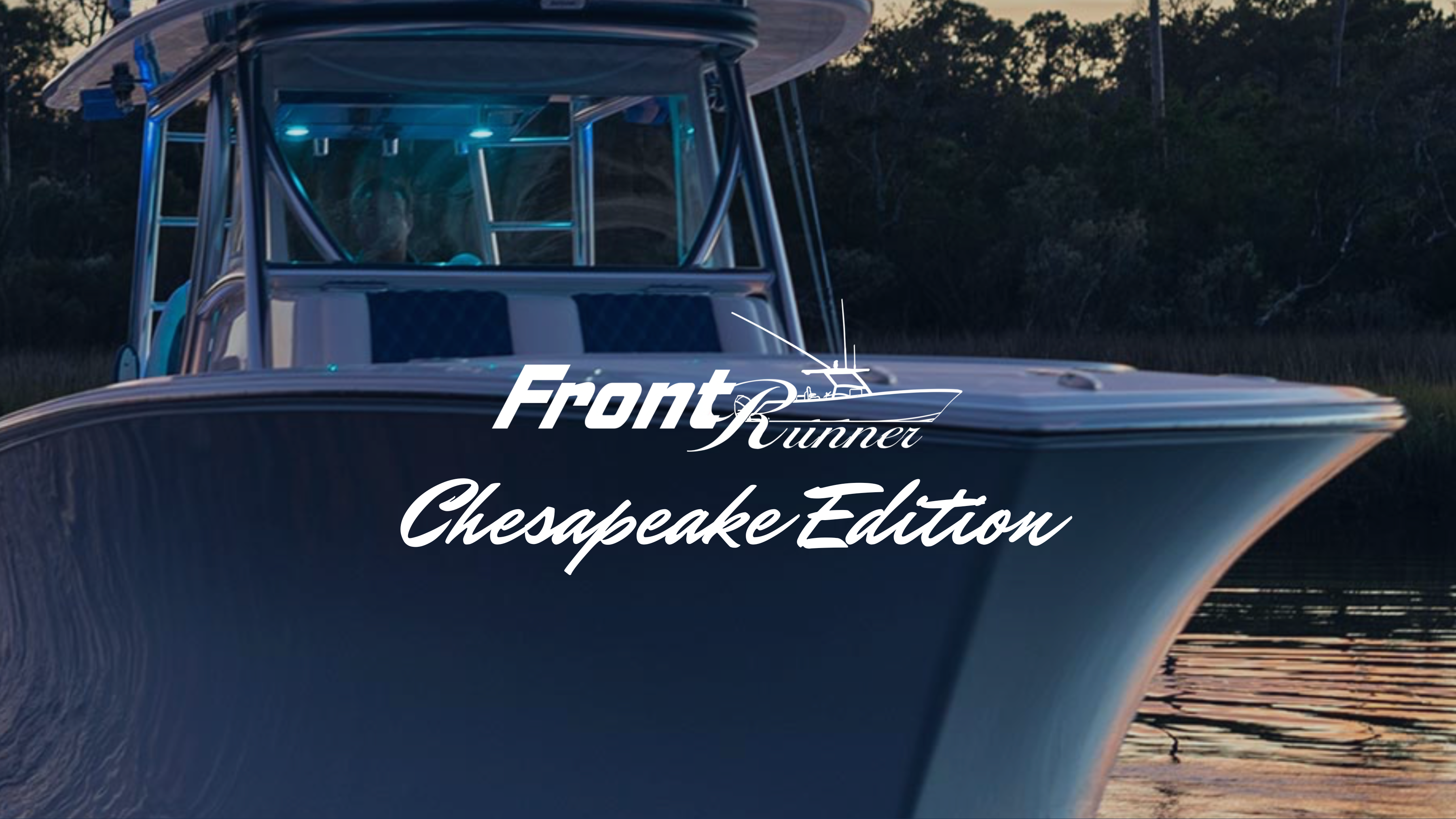
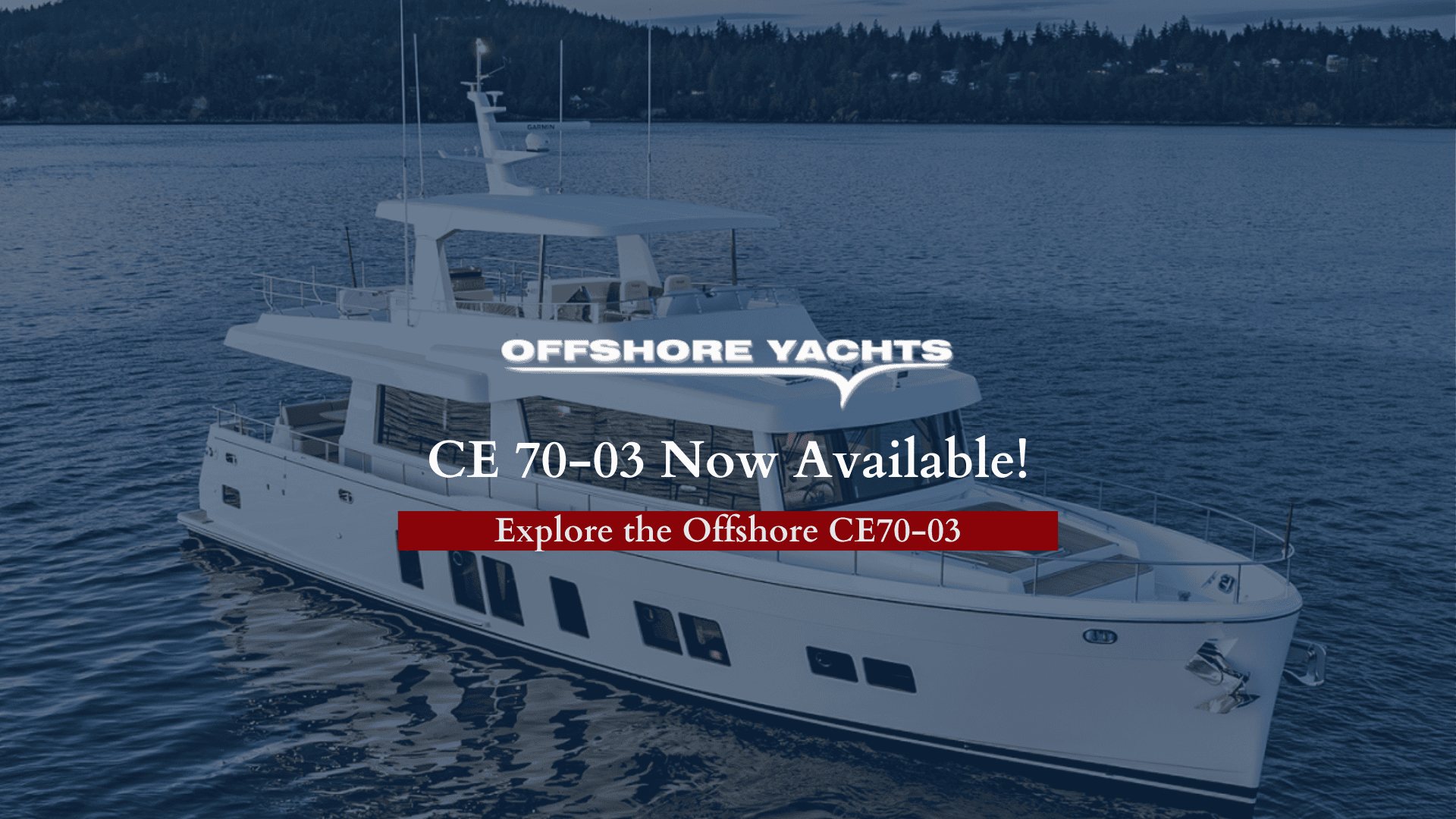
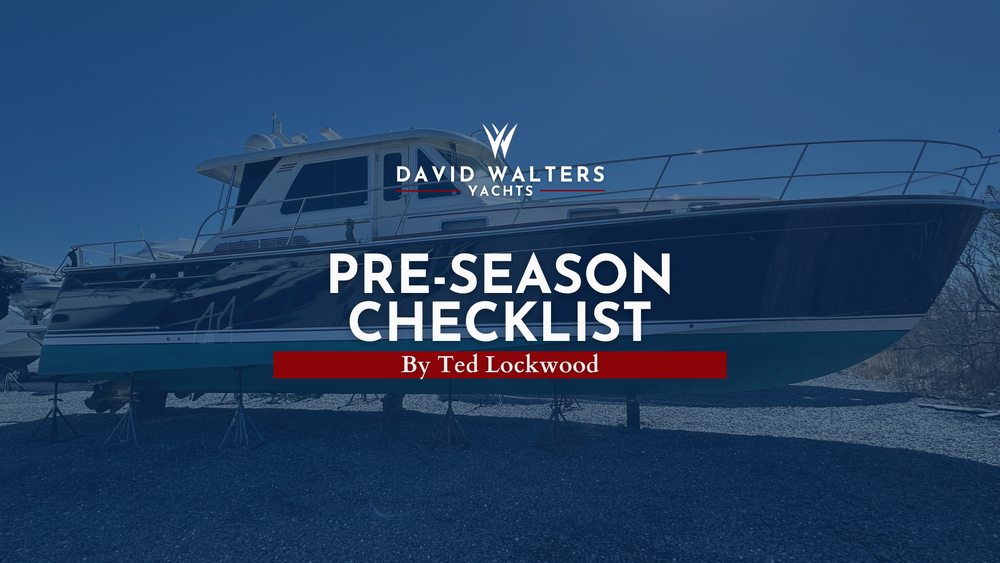




LEAVE A COMMENT